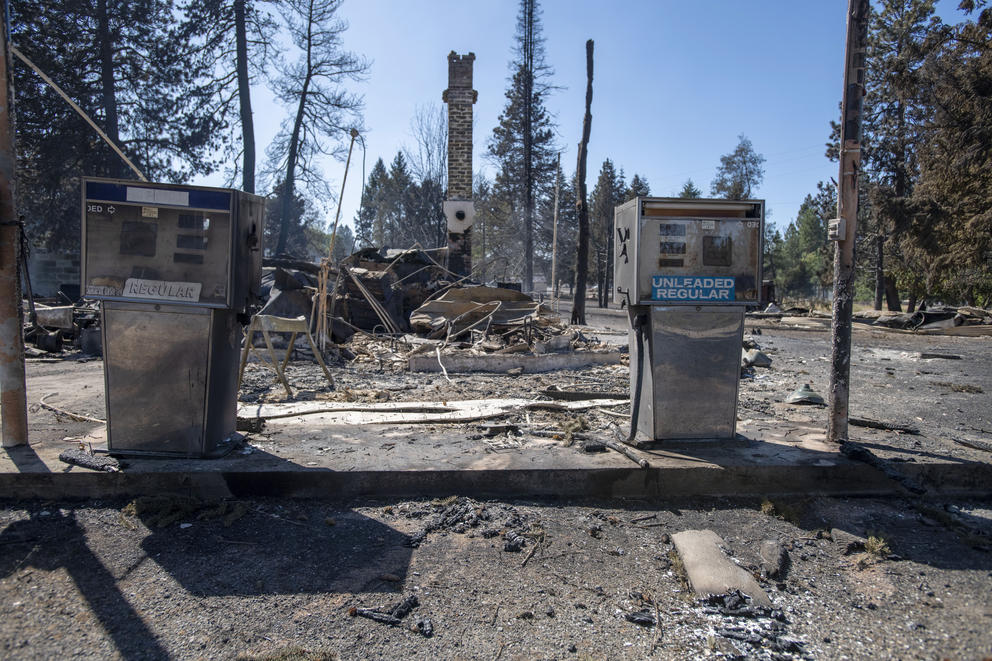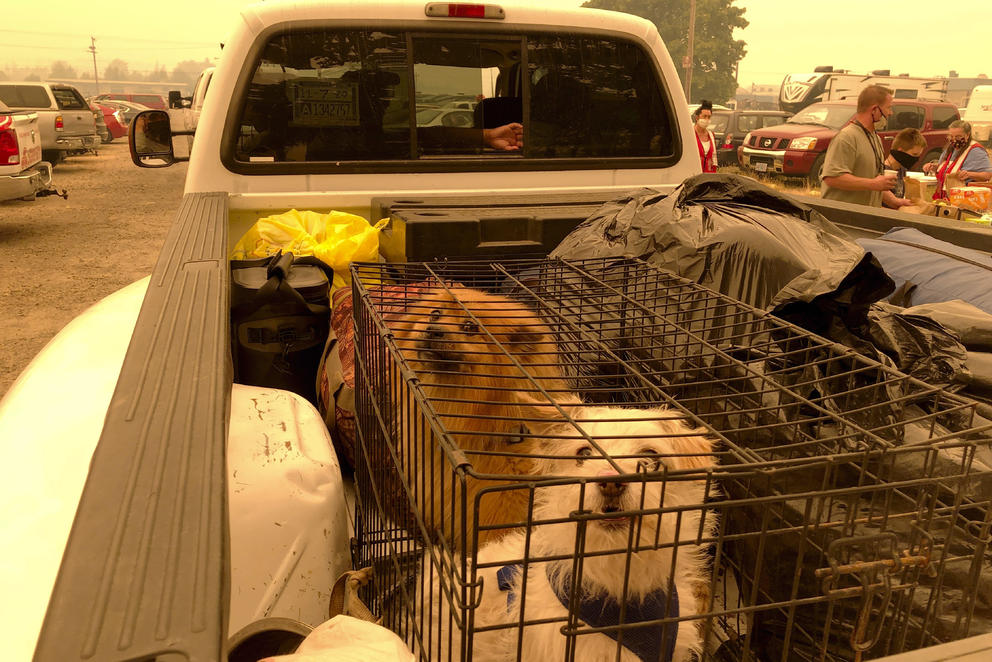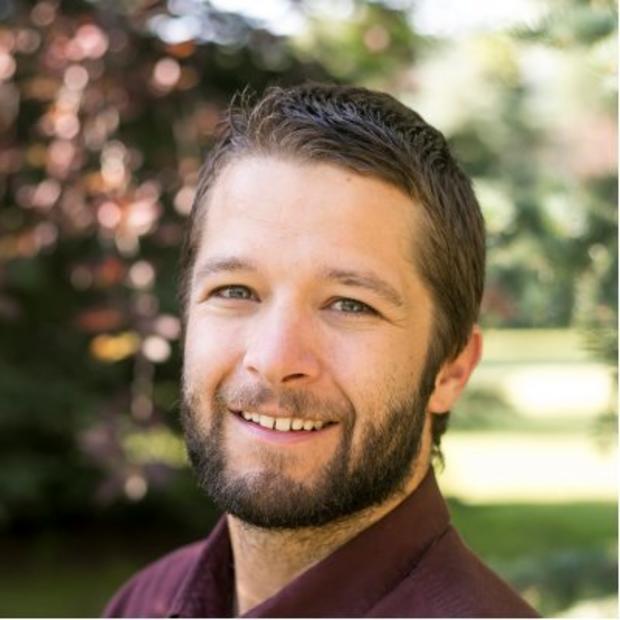Here in the Western U.S., scenes of a smoke-choked New York City were met with a mixture of cynicism and hope. Some bemoaned the fact that all of a sudden it’s a nonstop national news story when the skies in eastern cities turn apocalyptic orange, while others were optimistic that this climate change-fueled disaster could be a catalyst for action — figuring that maybe, just maybe, wildfire smoke blotting out the sun in Washington, D.C., could create some urgency in the halls of power.
It would be a welcome change. The West’s experience with worsening wildfire and smoke seasons shows how little we’ve grappled with the new reality of explosive fire seasons at any level of government. Across the Western U.S., communities continue to grow in the most fire-prone areas, which means more manmade fires start, more lives are put at risk and the chances to promote beneficial fires are harder to pull off because there are more houses nearby.
Now, researchers from two Western think tanks are proposing local, state and federal measures to reckon with the cost imposed on communities by development on lands destined to burn.
As a society we’re prone to hubris when it comes to natural disasters. We trust dams and levees will hold back floods. We think cranking up the A/C will get us through the heat waves. We even think that sea walls will hold back the rising ocean.
But we’re uniquely defiant in the face of fire.
“Wildfires are the exception with natural disasters in that they are the only type of hazard where we would intentionally put somebody else in harm’s way in order to protect our home,” said researcher Kimiko Barrett. “You’d be called crazy if you asked somebody to stand in front of an oncoming flood to protect your structure. Yet we continually do this with wildfires. Not only do we do it, but we assume it. We expect it.”
Barrett is a wildfire research and policy analyst at Headwaters Economics, a natural-resource and rural community-focused think tank in Bozeman, Montana. She recently co-authored a report with researchers from Columbia University Climate School that argues for a shift in federal funding from the current firefighting and forest management focus to a proactive community protection based strategy.
The expectation that properties will be protected from wildfires stems from the fact that we’re damn good at putting out fires and protecting homes. “In fact, 98% of all wildfires are successfully suppressed,” Barrett said. “It’s that 2% that escape that ultimately leads to the larger wildfire disasters and urban conflagrations that we’re starting to see increase.”
The downside of our confidence in firefighters is that we continue to increase our collective risk to wildfires. Researchers have found that while Americans are moving away from areas most affected by heat waves and hurricanes, we’re actually moving toward areas affected by wildfires. That’s especially true in the Western U.S., where the period 1990-2020 saw a more than 47% increase in homes built in the area where unpopulated lands intermix with human settlements, commonly called the Wildland Urban Interface (WUI). A quick browse of Zillow here in Spokane shows scores of lots for sale in the WUI — outside of the Spokane and Spokane Valley urban core, all of the county is in areas of elevated fire risk.
That movement of people into natural areas increases both the number of people impacted by wildfires and the likelihood fires will happen. (Humans are the primary cause of wildfires, especially those that threaten homes.)
“Building houses in fire-prone places keeps us trapped on the wildfire treadmill,” said Kate Anderson, the senior Farms and Forests program researcher at Sightline Institute, a Seattle-based sustainability organization. That treadmill, as Anderson describes it, is a vicious cycle: By preventing fire in areas that are adapted to experiencing frequent low-intensity blazes — which clean out dead limbs and other fuel — we allow that fuel to build up and create conditions for more devastating fires.
Anderson argues for three main policies to reduce the sprawl that worsens wildfire risk:
- Stronger land-use laws that limit development in high fire-risk areas;
- Eliminating incentives to new developments, including infrastructure improvements in WUI areas;
- Passing on the costs of firefighting and increased insurance premiums directly to people who chose to move to fire prone areas.
“Guiding growth to safer places sounds really formidable and daunting, but it’s the epitome of climate adaptation,” Anderson said.
One way to guide that growth is to increase the amount of housing in cities, toward which the Washington legislature made major strides this summer by passing statewide zoning standards that promote denser housing in cities. That statewide law followed Spokane’s passage of an even more expansive “middle housing” bill last year.
Another way to protect communities is building codes requiring fire-resistant material to be used on buildings in the WUI. Washington recently issued new WUI building code standards that were set to be adopted in July of this year. Those codes, though, along with all other building code updates, have been delayed by at least four months due to a lawsuit, filed by the Building Industry Association of Washington, that’s primarily focused on other code updates that limit installing natural gas and propane in new construction.
There was some progress on community preparedness in Washington this year. Both legislative chambers unanimously approved, and the Governor signed, the “Cascading Impacts of Wildfire” bill, which expands wildfire preparedness funding and the Wildfire Ready Neighbors Program to the west side of the Cascades after successful pilot programs in Eastern Washington.
Wildfire smoke doesn’t stop at state or international borders, though. Today, smoke from British Columbia fires is fouling the air in Spokane. Last week, The New York Times reported how decades of austerity have hampered Canada’s ability to fight fires in its vast wilderness areas. In the U.S., Barrett argues, federal fire policy can be broadly reoriented toward community protection and risk reduction by changing how the federal government directs wildfire investment.
“We continue to invest a significant amount of money in hazardous fuel reduction, which roughly translates to forest-thinning efforts — mechanical treatments and other projects to reduce the amount of fuel built up in our forests due to historic land management practices,” Barrett said. “At the same time there is very little investment or money going towards community wildfire risk-reduction efforts.”
“Historically, if you look at where we spend money, where we spend resources — 90-plus percent of it goes towards the wildland, and we consistently overlook the urban component,” Barrett said. “If we continue to do so, we will only address 50% of the problem.”
Barrett’s research advocates for increasing federal grant and incentive programs to help homeowners renovate their homes to make them more resistant to fire and encouraging federal fire managers to increase the scale of prescribed and controlled burning. “Upfront investment in people and communities and how communities are designed, how homes are constructed, where homes are placed, and under what conditions those homes are placed, can be done cost-effectively and are very significant steps in reducing risk from wildfires,” Barrett said. One case study cited in Barrett’s research found that for every $1 spent on prevention programs on tribal lands, fire suppression costs were reduced by $5-$38.36.
Knowing and preparing is only half the battle, though. The more significant issue is convincing people that they shouldn’t necessarily be moving into the forest or wildlands, and that if they choose to they should be subject to strict building requirements. “We live in a very anti-regulatory environment,” Barrett said. “People do not want to be told how and what they do with their property.”
Restricting growth can also hurt local economies that in many cases depend on property taxes, which increase with new development, Barrett said. And while local firefighters may be the first on the scene, they’re typically backed up by state and national firefighters. That means that local governments don’t generally bear the full cost of fighting fires in their communities; instead, that burden is distributed across the state and nation.
While Western communities have largely been able to externalize the costs of firefighting, private industry is starting to change that dynamic. Insurers are increasing rates in fire-prone areas, and in some cases have stopped offering homeowners insurance altogether in part because of fire risk. Barrett calls insurance companies the “canary in the coal mine” when it comes to wildfire risks.
“They are reflecting the risk that’s already on the ground,” Barrett said. “Mitigation measures need to be put in place well before insurance, and the dropping of coverage becomes part of the conversation.”
That canary fleeing fire-prone communities shows the urgency of better planning and preparation. Barrett believes we need to stop reacting to fires and rebuilding afterward “and shift to being anticipatory and proactive in our investments.”
With climate change raising the stakes for fire in the West and becoming a greater threat nationwide, Anderson said there are important lessons to be learned from our inaction so far. “In order to flourish in a new climate reality, we really need to change the way we think about and build our communities,” Anderson said. That means we can’t keep building on land that’s destined to burn sooner or later. “This is such a clear way to reduce suffering in the future.”





